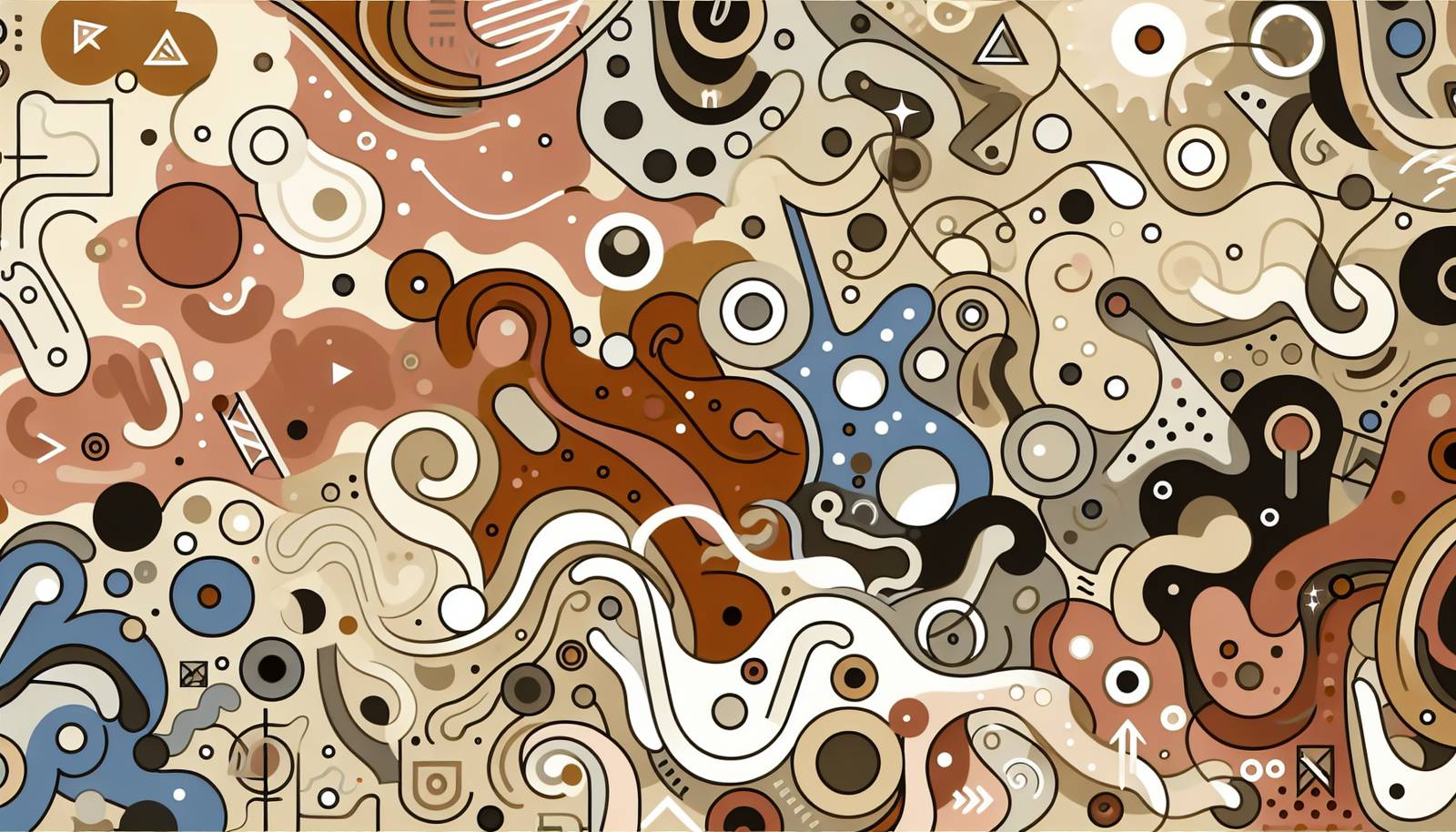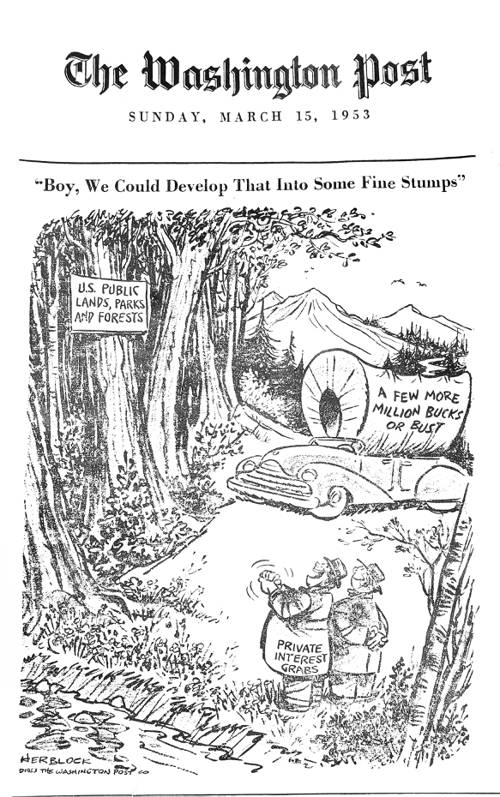
FAQ About The Role of Cartoons in Political Satire

What is the role of cartoons in political satire?
Cartoons in political satire serve as a medium to convey opinions, criticisms, and messages about political events, leaders, and policies. They often use humor, exaggeration, and caricature to highlight issues, provoke thought, and engage audiences in political discourse.

How do political cartoons influence public opinion?
Political cartoons can influence public opinion by shaping perceptions of political figures and events. Their visual nature makes complex issues more accessible and memorable, potentially swaying public attitudes and generating discussion. By distilling topics into concise imagery and humor, they can reinforce or challenge existing beliefs.

What techniques are commonly used in political cartoons?
Common techniques in political cartoons include caricature, symbolism, exaggeration, labeling, and irony. Caricature involves exaggerating the physical features of public figures to make them easily identifiable and to emphasize certain traits. Symbolism uses common symbols to represent larger concepts or ideas, while irony might contrast a literal depiction with a deeper meaning.

Have political cartoons always been used for satire?
While political cartoons have been used for satire for a long time, they have not always served this purpose exclusively. Historically, some cartoons served propagandist roles or were used purely for entertainment without satirical intent. However, their ability to critique power and illustrate societal issues has solidified their place in satire over time.

What are some famous examples of political cartoons in history?
Famous examples include Thomas Nast's cartoons during the 19th century which were instrumental in bringing down the Tammany Hall political machine in New York. Sir John Tenniel's cartoons are another notable example from the 19th century, influencing British opinion on various issues. More modern examples can be found in publications like The New Yorker and Charlie Hebdo.

How have political cartoons evolved over time?
Political cartoons have evolved from simple woodcuts and engravings to complex digital illustrations. Modern cartoons often incorporate animated elements and are disseminated through social media, reaching wider and more diverse audiences. The core principles of satire and commentary remain, but the methods of delivery and public interaction have expanded.

What role did political cartoons play in historical political movements?
Political cartoons have played significant roles in various political movements by mobilizing public sentiment and providing a platform for dissent. For instance, during the French Revolution, cartoons were used to criticize the monarchy and clergy, while during the American Revolution, they played a part in rallying colonists against British rule.

How do political cartoons handle sensitive topics?
Cartoonists often walk a fine line when handling sensitive topics, using humor and satire cautiously to avoid being offensive while still making a point. Effective cartoons will criticize or highlight issues without deriding the subjects unnecessarily. This balance requires cultural understanding and sensitivity to the contexts in which they are published.

Can political cartoons be considered a form of art?
Yes, political cartoons are widely considered a form of art. They employ artistic skills in drawing and digital design, and the creativity involved in their satire parallels other art forms that comment on society and politics. Just like traditional artworks, political cartoons can evoke emotions, provoke thoughts, and inspire dialogue.

What impact has the digital age had on political cartoons?
The digital age has greatly expanded the reach and influence of political cartoons. Online platforms allow cartoonists to publish their work to a global audience instantly, increasing the speed and breadth of commentary on current events. Additionally, digital tools have widened the creative possibilities, allowing for animations and interactive elements.

How do political cartoons differ from other forms of satire?
Unlike essays, video, or prose-based satire, political cartoons rely heavily on visual elements and brevity to convey their messages. A single image can communicate complex issues quickly, often more effectively than text-heavy formats. The humor in cartoons is typically visual and often relies on familiar symbols and caricatures.

Are political cartoons protected under free speech laws?
In many countries, political cartoons are protected under free speech and freedom of the press. However, the extent of this protection can vary depending on national laws and cultural attitudes towards satire and criticism. In some cases, controversial cartoons have sparked legal debates about censorship and the limits of free expression.

What challenges do political cartoonists face today?
Political cartoonists face various challenges including censorship, backlash from offended parties, and legal threats in regions with limited freedom of speech. They also navigate the complexities of creating content that resonates in a highly polarized and diverse digital audience, all while maintaining the integrity of their satirical work.

How can studying political cartoons help students understand history?
Studying political cartoons can provide students with insights into the political climate, societal values, and public sentiments of historical periods. Cartoons often capture the essence of events and attitudes succinctly, offering visual context and analysis that complements traditional historical texts.

What is the significance of caricature in political cartoons?
Caricature is significant in political cartoons because it emphasizes key traits or behaviors of political figures, making them easily recognizable and often highlighting their flaws in a humorous way. This exaggeration draws attention to specific issues or critiques, thus enhancing the satirical impact of the cartoon.

How do cultural differences affect political cartooning?
Cultural differences significantly affect political cartooning as symbolism, humor, and acceptable norms can vary widely between societies. Cartoonists must be aware of these differences to ensure that their work is understood and appreciated in the intended cultural context, and to avoid unintended offense.

What is the role of irony in political cartoons?
Irony plays a central role in political cartoons by presenting a contrast between what is stated and what is meant. This technique can highlight absurdities and contradictions in political actions and statements, encouraging audiences to question and critically engage with the topics being depicted.

Can political cartoons address international issues?
Yes, political cartoons can and do address international issues by using universal elements of satire to comment on global politics. Issues such as climate change, international conflict, and human rights are common subjects, with cartoonists offering perspectives that transcend national boundaries.

How can political cartoons contribute to political change?
Political cartoons can contribute to political change by raising awareness, sparking debate, and influencing public opinion on various issues. By simplifying complex topics and engaging viewers emotionally and intellectually, they can mobilize action and support for political causes or reforms.

What distinguishes a successful political cartoon from an unsuccessful one?
A successful political cartoon effectively communicates its message with clarity, wit, and visual appeal, resonating with a broad audience. It should provoke thought or laughter while remaining accessible and respectful, whereas an unsuccessful one may confuse its message or offend without purpose.
